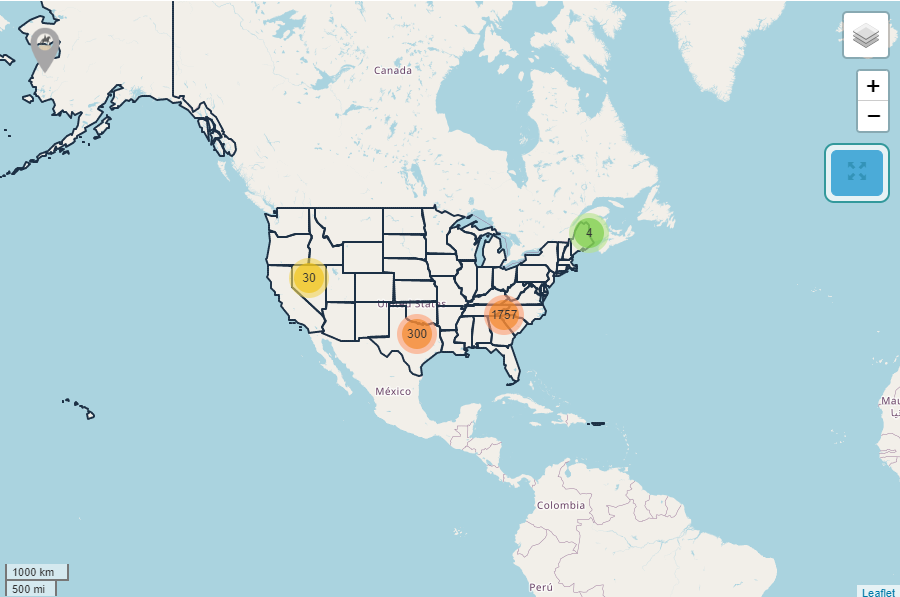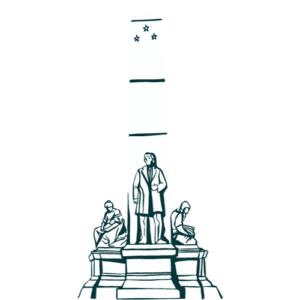
The American Civil War Monuments Project
COMMEMORATIVE CULTURES
Engage|Learn |Participate
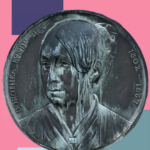

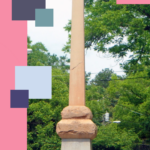
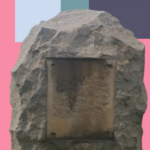
Statement
This site offers a starting point for learning and participation. Our objective is to document diverse forms of commemorative expression relating to the Civil War, and to identify significant patterns in the monumental landscape.
Debates about the commemoration of the American Civil War began in 1861. Those debates have continued ever since.
Citizens from across the United States and beyond have struggled to find adequate ways of remembering the war’s bloodshed, and of addressing the meaning of Emancipation after the conflict ended.
The monuments created in the war’s wake tell different stories about this conflict. Some celebrate Union victory and the coming of Emancipation; others, such as those glorifying the Confederacy, refuse the reality of defeat and celebrate individuals who actively and systematically worked to uphold the brutal practice of human enslavement.
Inspired by the questions that confronted nineteenth-century U.S. citizens in the immediate aftermath of the Civil War, this project uncovers the social and cultural history of its monuments and acknowledges their lasting effects on individuals and communities across the world.
Redefining the 'Monument'
It also looks to broaden the definition of the ‘monument,’ challenging the claims made by ‘official’ sculpture and statuary and making way for a better understanding of diverse, public expressions of remembrance. To this end, we consider a monument to be a ”material intervention that seeks, publicly, to recognize, sustain, or legitimize a private or communal memory.”
'Aims and Methods'
By treating monuments as changing and changeable objects that find their public power and cultural influence in words – in inscriptions, speeches and dedicatory poems, in acts of reportage, justification, and protest – we seek to question that power and reveal how it has been constructed.
Critical engagement
We endorse a creative but critical engagement with American Civil War monuments. We acknowledge that many monuments that appear on this website, particularly those honoring the Confederacy, have been used to inflict harm, justify violence, perpetuate hate and oppression, and promote white supremacy in public space.
Our Ethical Pledge
Our goal is not to perpetuate the inequities and power relations that these monuments represent, but to reckon with their assertion of permanence. By uncovering the histories of these objects, and revealing the language used both to uphold and to criticize their presence within the public sphere, this project seeks to challenge the idea that monuments are ‘silent’ objects, or representations of history ‘set in stone’.
Browse the Monuments
Interactive Map
The map represents each monument we have recorded with a pin showing the monument’s affiliation. Hovering over a pin on the map will raise a text box containing a link to that monument’s entry page.
The Commemorative Culture website is one of the best organized databases I’ve used in my research. It’s more than a list of monuments; the ongoing effort to provide qualitative analysis for monuments brings them to life in a way that simply isn’t possible from just looking at data about the number of monuments in each city, state, or region. Every detail is thoughtful, from the organization of monuments into Confederate, Union, and Emancipation rather than just North and South, to the invitation to communities to get involved by submitting local knowledge about monument traditions that otherwise might be lost to time.

Kris Plunkett, PhD student
Louisiana
Tulane University
Image credit: Mount Rushmore National Memorial in the Black Hills near Keystone, South Dakota, United States. Photo by John Bakator on Unsplash.
The Commemorative Cultures project on Civil War monuments is an invaluable resource for researchers and the general public interested in the war’s public memorials beyond the ones everyone already knows. It represents the best of what collaborative digital humanities can be.

Benjamin Cooper, Associate Professor and Director of American Studies
Image credit: Stone statue of Civil Rights Movement Leader, Washington DC, Photo by Gotta Be Worth It on Pexels.
Lindenwood University
Missouri
The American Civil War Monuments Website and Database is a fantastic resource for exploring Civil War monuments with its easy-to-use interface and rich information. If you're interested in our nation's history, this website is a must-visit. It's a treasure trove of knowledge and a real gem for enthusiasts.

Emily Field, Coordinator of African American Studies
Bridgewater State University
Massachusetts
Image credit: Susie King Taylor (August 6, 1848 – October 6, 1912) known for being the first African American nurse during the American Civil War, Library of Congress. Miscellaneous Items in High Demand, PPOC, Library of Congress, Public domain, via Wikimedia Commons.
The NPS strives to make historic landscapes and their stories accessible to everyone. Because Kentucky was a slave state in the Union during the Civil War, and aligned itself with former Confederate states during Reconstruction, its historic landscape is among the most misunderstood in the nation. In its work with the Camp Nelson team, Commemorative Cultures will shine a light on the origins and purposes of Civil War monuments, inform researchers and the general public about Kentucky's complicated landscape, and will be an ideal complement to the NPS mission.

Ernie Price, Park Superintendent
Camp Nelson
Kentucky
Image credit: This obelisk honors the refugees who died and are buried at this cemetery, Camp Nelson, Kentucky. Erinod333, CC BY-SA 4.0, via Wikimedia Commons.
Our Partners
Our project is made possible through collaboration with dedicated project partners who play a vital role in its development and success.


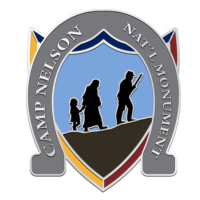
Have we missed a monument?
Become a Commemorative Cultures Contributor and help us expand our knowledge of Civil War monuments, large and small.
